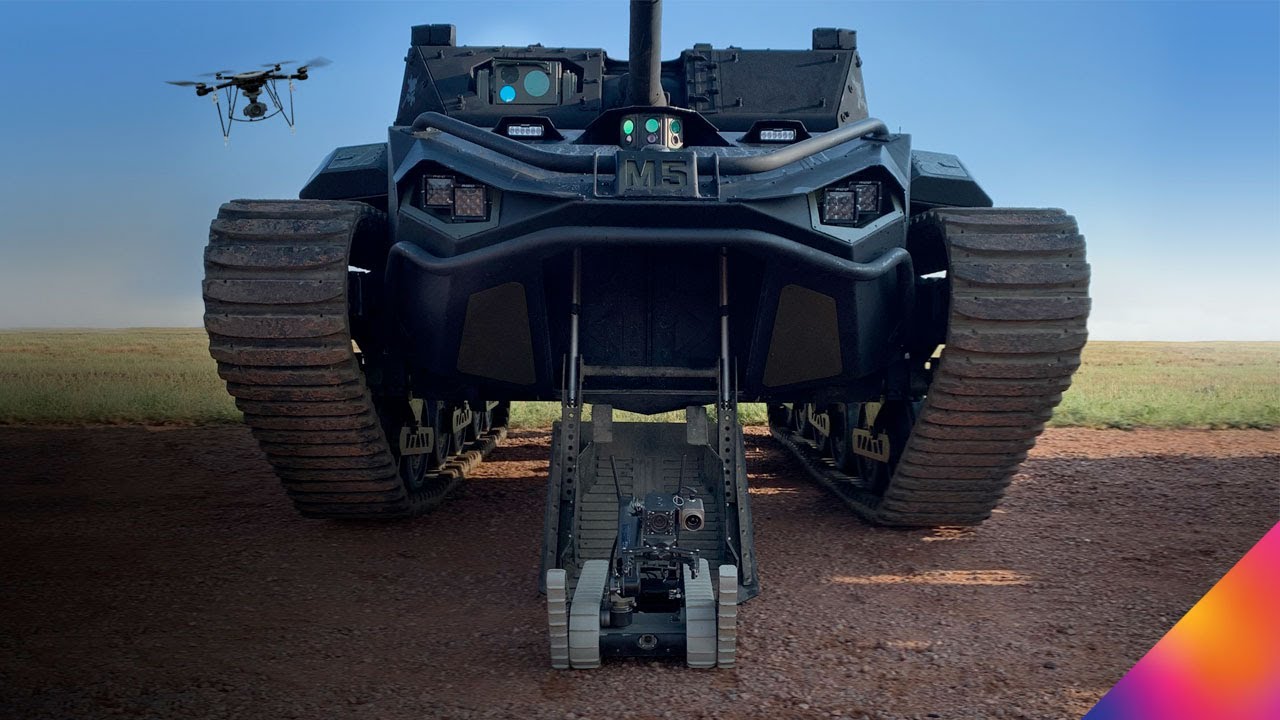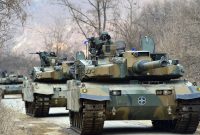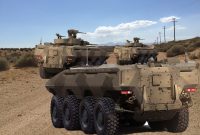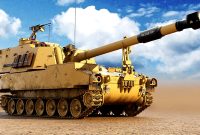The landscape of modern warfare is undergoing a revolutionary transformation, and on December 5, 2023, the U.S. military made a striking revelation that has sent shockwaves through the defense community. The announcement centered around the testing of a cutting-edge combat robot known as the RCV-L (Remote-Controlled Vehicle – Light). This formidable machine, equipped with a 30mm cannon and an autonomous missile system, marks a significant leap forward in military technology.
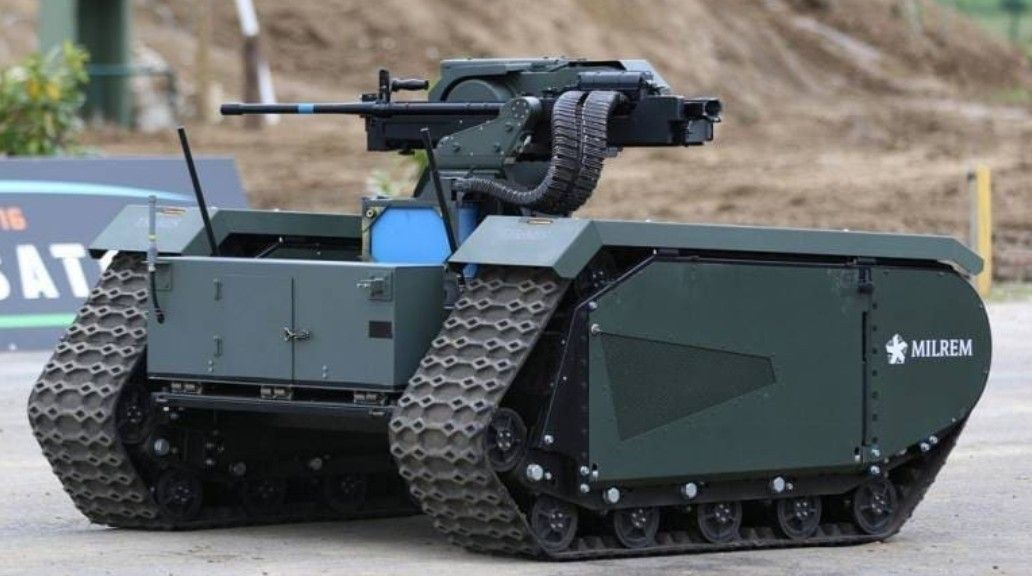
The RCV-L is designed to be remotely controlled by soldiers from a secure location, enabling them to engage targets on both land and air. With the capability to support ground forces, this lightweight combat robot is poised to redefine the dynamics of warfare. The U.S. military plans to deploy the RCV-L by 2025, considering it a crucial element in the ongoing modernization of its armed forces.
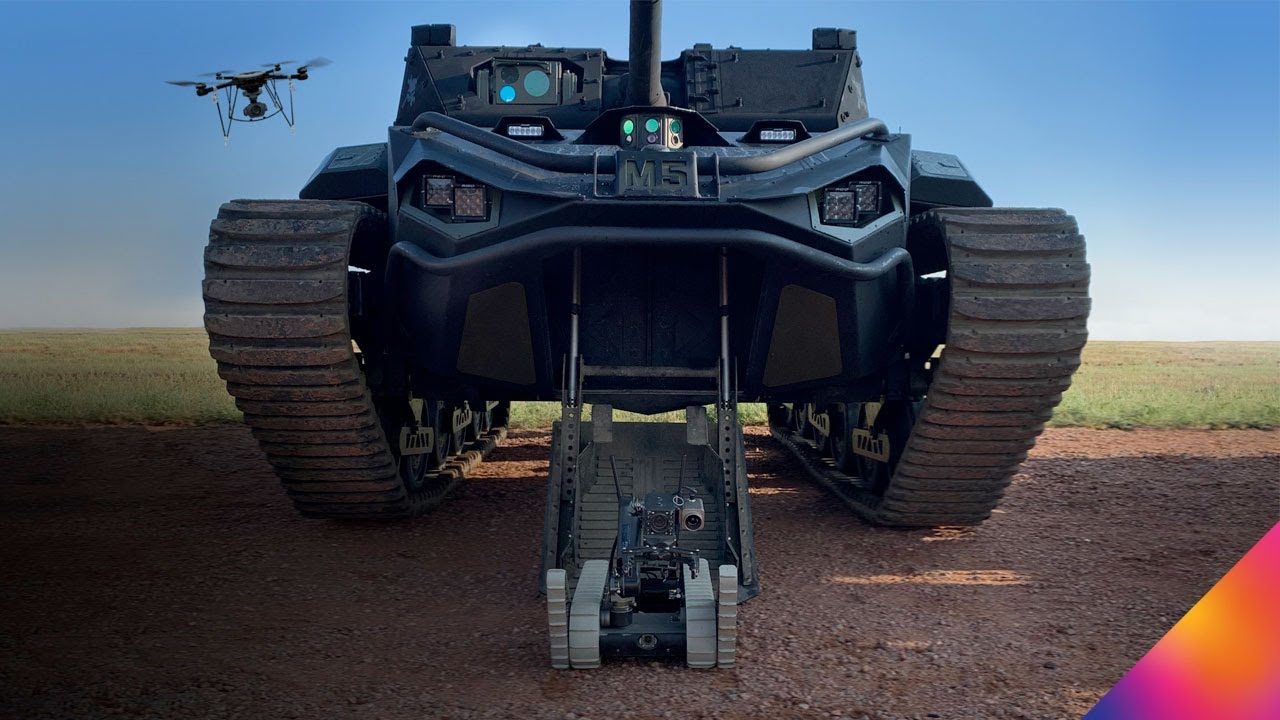
The RCV-L boasts distinctive features that make it a formidable force on the battlefield. With a top speed of 55 miles per hour and an impressive range of 200 miles without the need for reloading, it surpasses conventional expectations. Additionally, its integrated defense system can withstand various types of weaponry, enhancing its survivability in hostile environments.
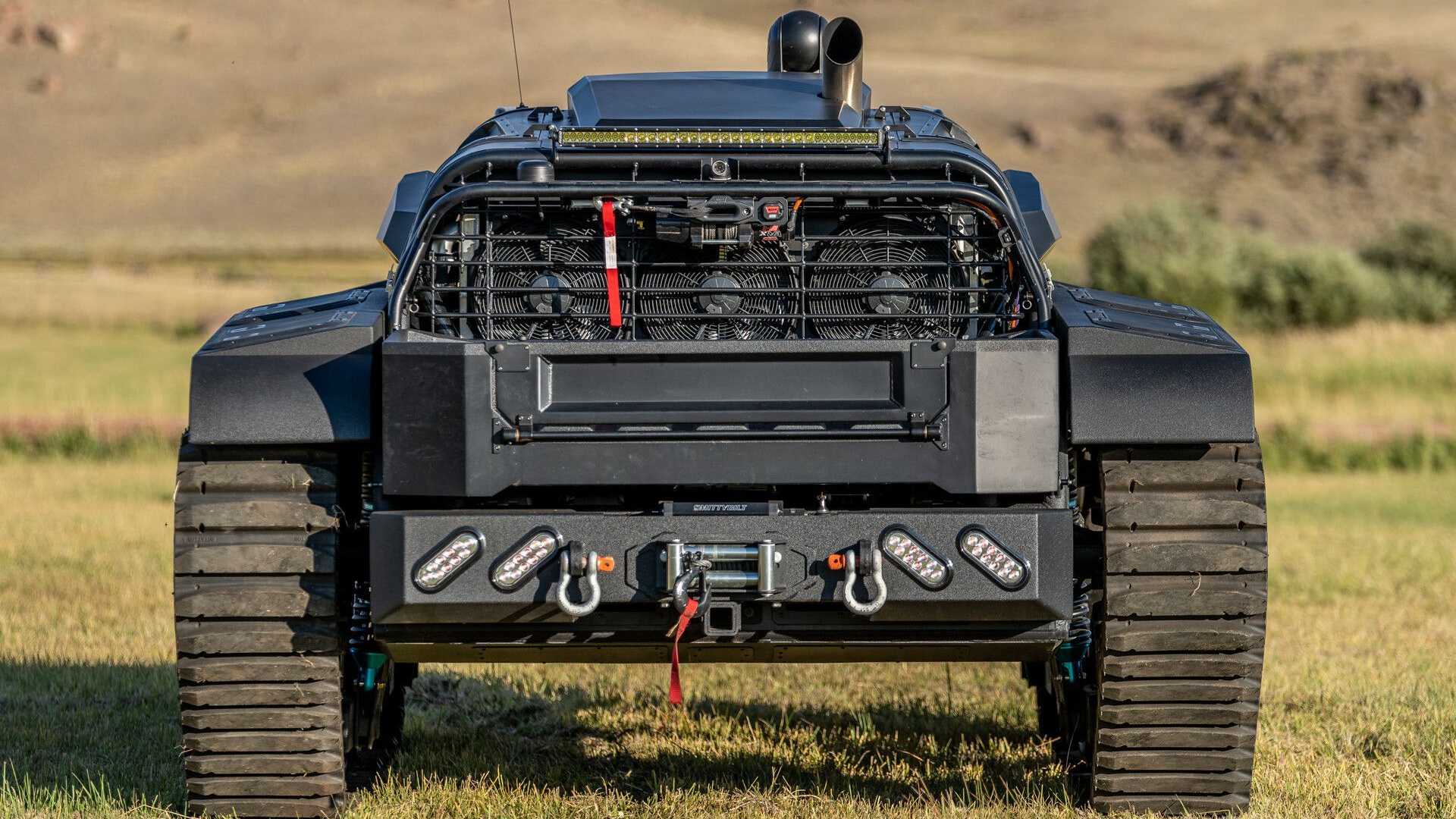
The deployment of the RCV-L offers strategic advantages, but not without ethical concerns. Critics worry that the use of combat robots may lead to unintended civilian casualties. Moreover, there are fears of potential hacking or misuse by non-compliant entities. The U.S. military is actively addressing these concerns, developing robust security systems to safeguard the RCV-L from cyber threats and collaborating with ethical experts to ensure responsible usage.
The RCV-L represents a monumental leap in combat vehicle technology. Its potential to alter the face of military engagements has garnered global attention. The machine’s revolutionary design and capabilities mark a significant departure from traditional warfare methods, prompting a reevaluation of military strategies worldwide.
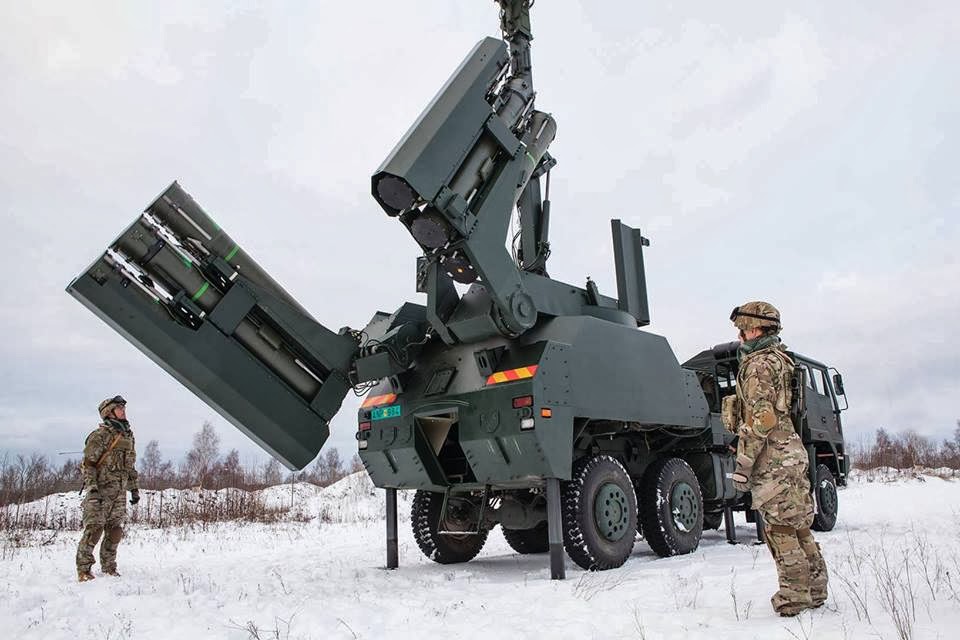
The ethical implications of deploying such lethal technology raise questions about the moral responsibility of nations in the era of robotic warfare. Concerns regarding civilian casualties, the risk of hacking, and the adherence to international laws add complexity to the already intricate landscape of modern conflict.
Recognizing the potential risks, the U.S. military is actively developing advanced security measures to protect the RCV-L from cyber threats. Collaborations with ethical experts aim to establish guidelines for the responsible use of this groundbreaking technology. Striking a balance between military effectiveness and ethical considerations remains a formidable challenge.
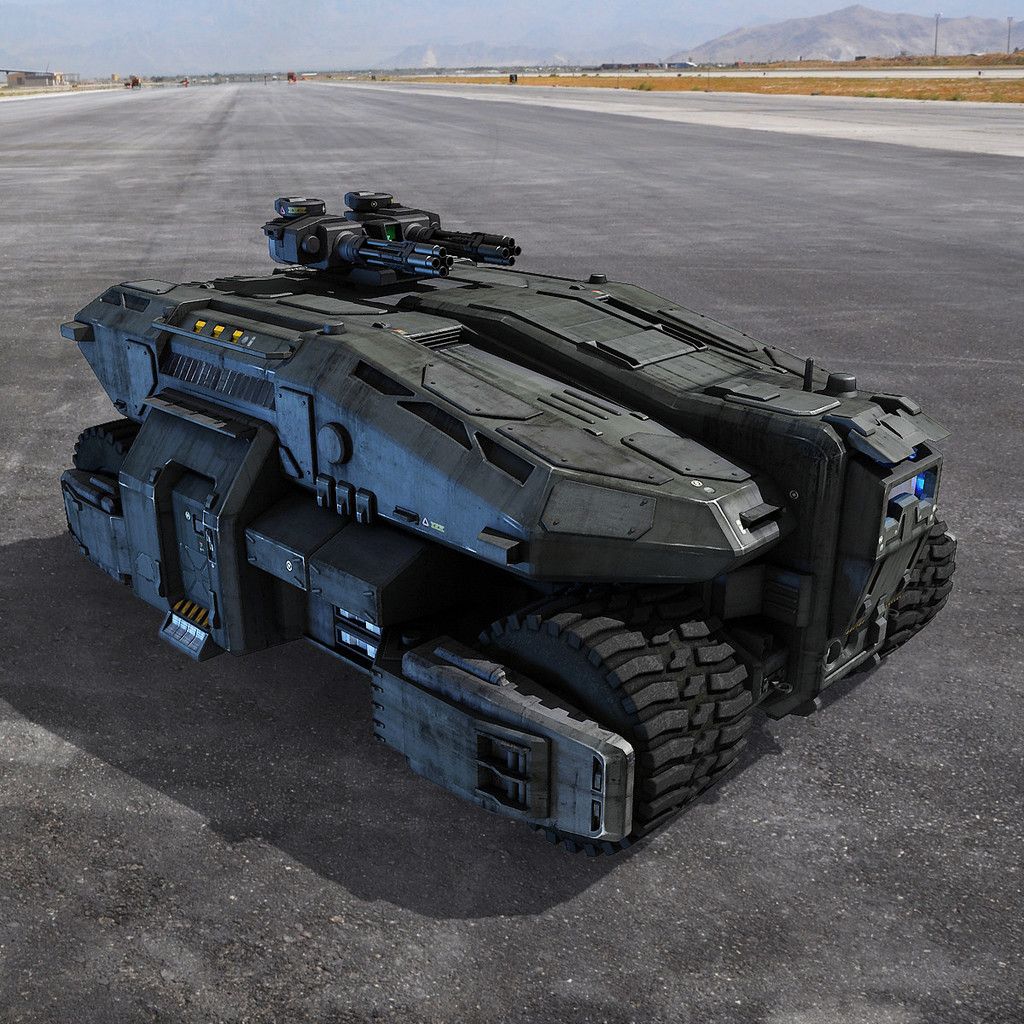
The global reaction to the RCV-L underscores the profound impact it could have on the future of warfare. As nations grapple with the ethical and strategic implications, the success or failure of the RCV-L will undoubtedly shape the trajectory of military technology and international relations.
The unveiling of the RCV-L signals a new era in military capabilities, raising both hope and concern. As the world watches, the U.S. military’s pursuit of advanced technologies forces a reckoning with the moral and strategic dimensions of autonomous combat. The fate of the RCV-L remains uncertain, but its existence has already altered the conversation about the role of technology in the theater of war.

